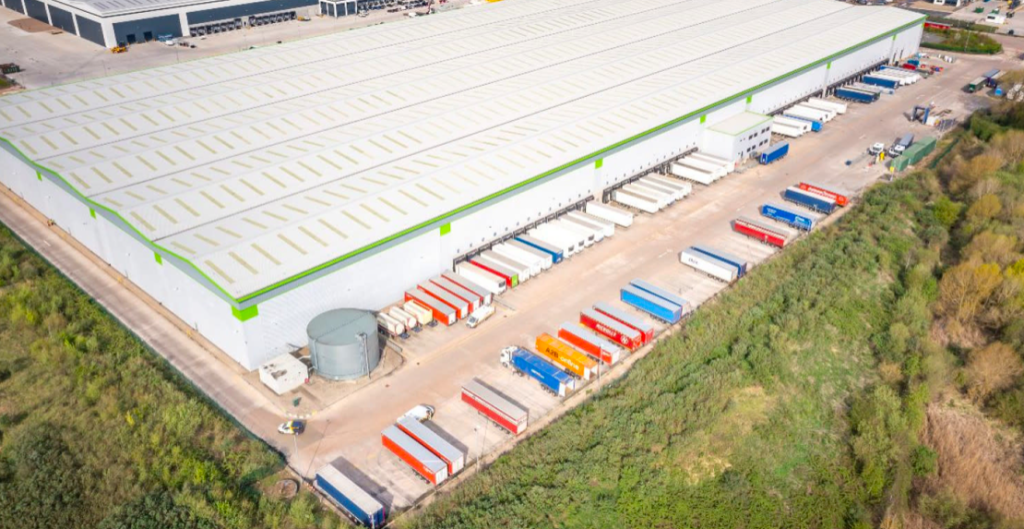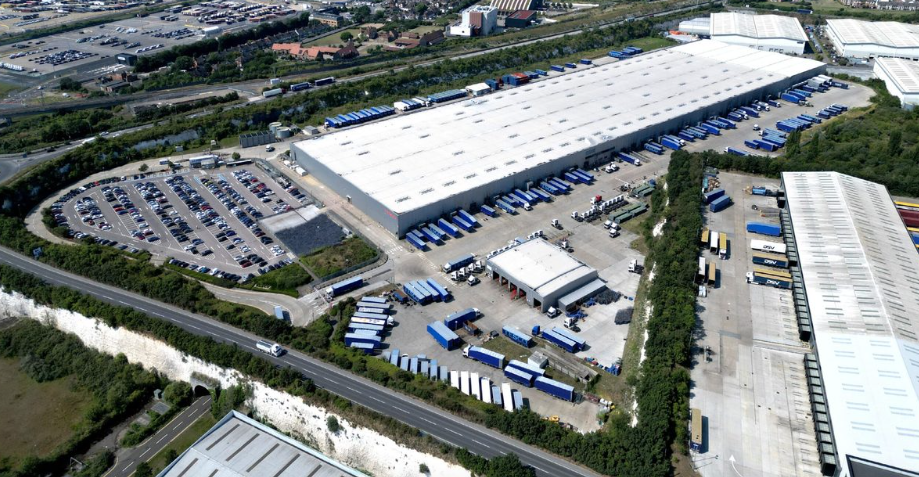
Global real estate investment company Kennedy Wilson and its partner have bought the Heathrow Estate industrial property in West London.
They paid $111 million (£87.7 million) excluding closing costs.
Kennedy Wilson has a 10% ownership interest in Heathrow Estate, which was acquired with equity and a $73 million secured loan, and will earn customary fees for overseeing property management.
Heathrow Estate consists of around 300,000 square feet of modern warehouse and ancillary office space.
It is 84% leased to multiple occupiers including Asendia, Tailsco, and HSS Hire.
Heathrow Estate provides attractive short to medium-term opportunities to add value through the extension of existing tenant leases and the leasing of vacant units, says Kennedy Wilson.
It will also undertake an active asset management strategy to improve on-site services and upgrade sustainability performance, as well as reviewing the possibility for future alternate uses.
Heathrow Estate benefits from direct access to Junction 4 of the M4, Heathrow Airport’s Cargo Terminal, as well as Junctions 13 and 14 of the M25.
This latest acquisition expands Kennedy Wilson’s investment management program as well as its global industrial platform, which totals over 12 million square feet and represents $2.1 billion of assets under management.
In the UK, Kennedy Wilson manages approximately $1.6 billion of industrial space, comprising approximately 9 million square feet, with an occupancy of 98%.
Mike Pegler, President of Kennedy Wilson Europe, says, “This acquisition demonstrates our ability to identify attractive investments in established distribution locations with strong underlying fundamentals that provide excellent potential for rental growth.
“We are pleased to expand our growing global industrial platform, and we are now focused on executing the business plan while leveraging our expertise to capture significant reversion through accretive and targeted capital expenditure.”



